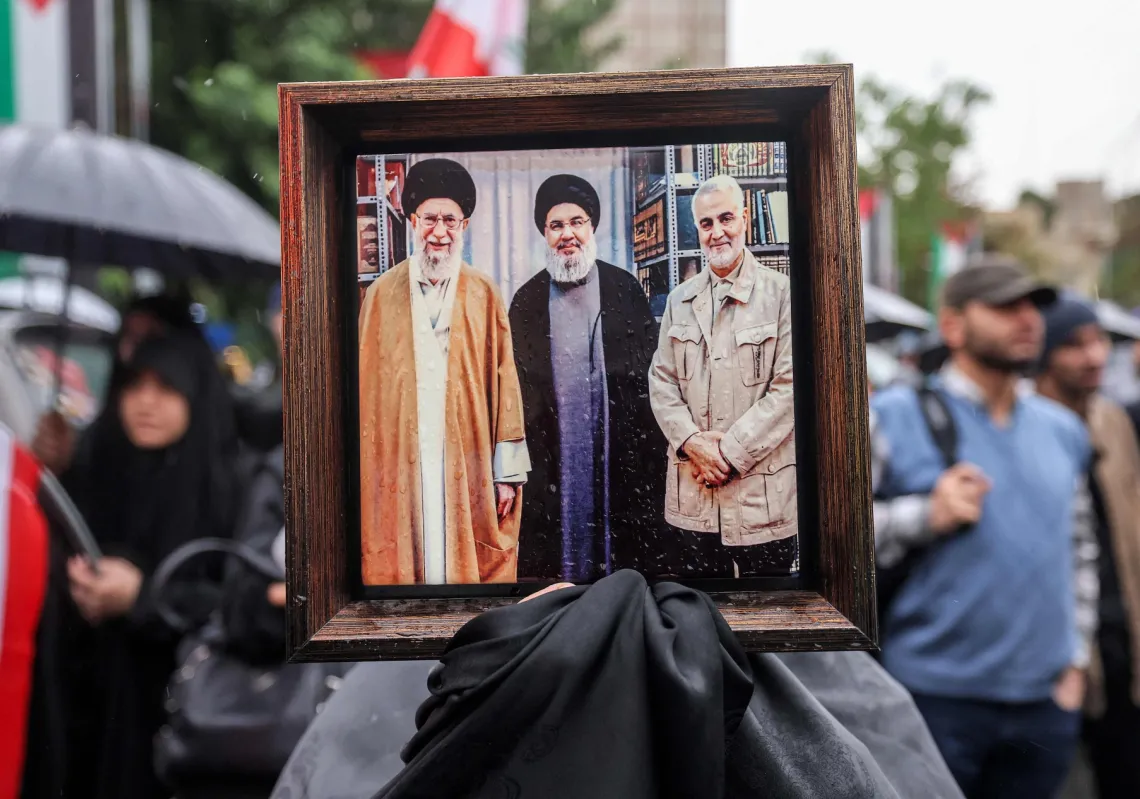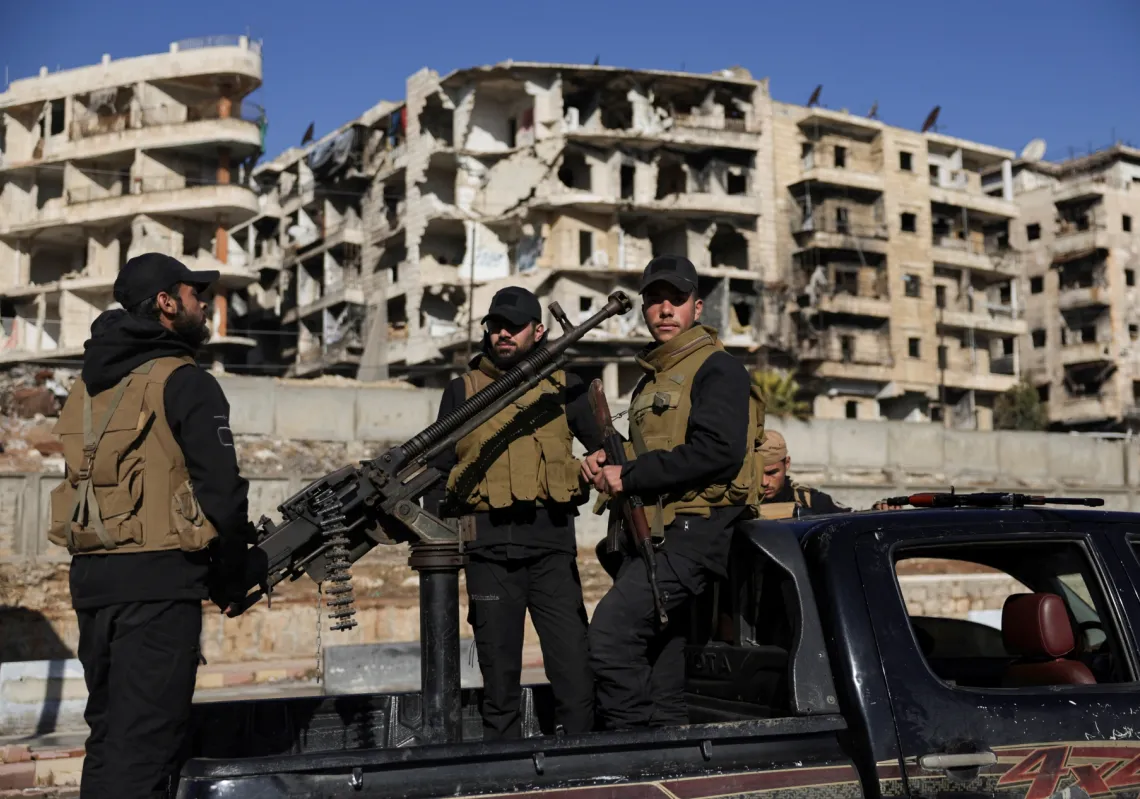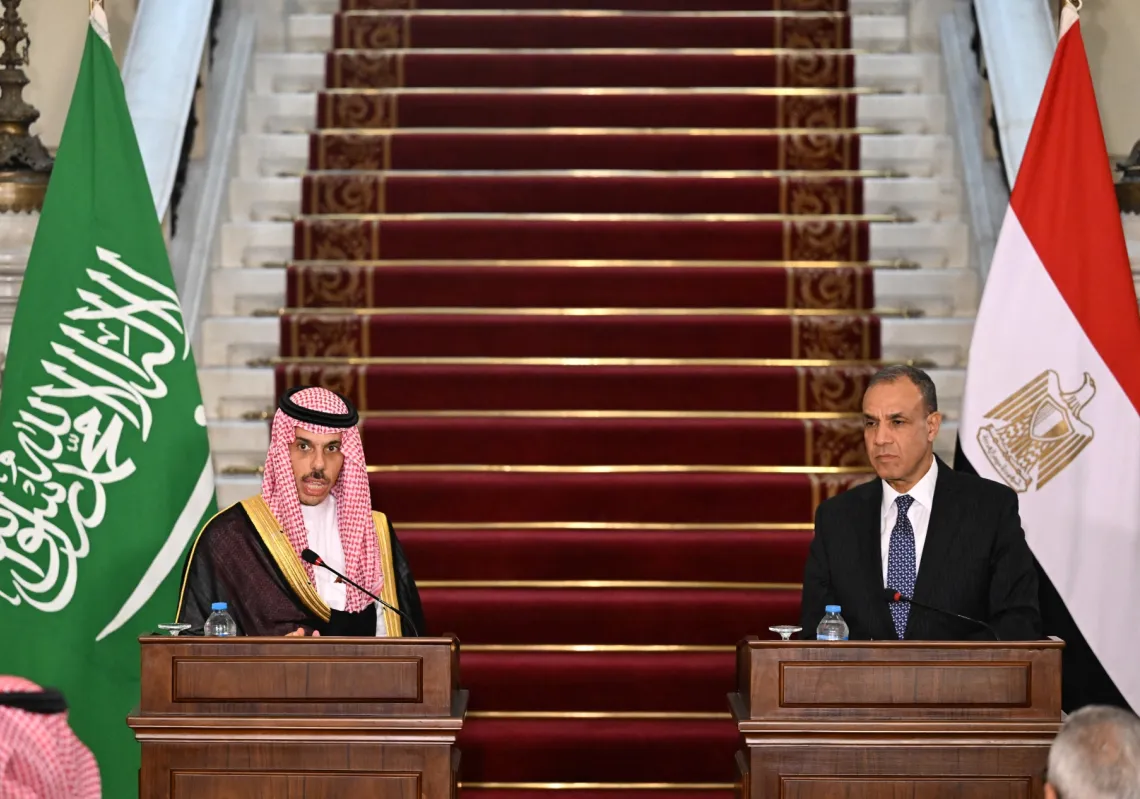Looking from afar, visitors to Expo 2020 Dubai can see a giant white-colored, falcon-like building that tells the story of the heritage of a country and a people.
This is the Emirati pavilion which takes visitors on a journey to the past with a look to the future and makes them eager to wander through other Gulf pavilions with a similar culture and spirit.
The Emirati pavilion, which is located next to Al Wasl Square, consists of four floors and represents the principle of sustainability that the UAE seeks to achieve in line with global goals for preserving resources and the environment.
“I felt the Emirati spirit inside the pavilion and really enjoyed the experience,” Marc Emmanuel, a French visitor to the pavilion, told Majalla.
The journey to the UAE pavilion begins in the Oasis section. This area includes pictures to introduce the lives of parents and grandparents in the past.
After completing the Oasis section, visitors move to the desert of dreams, a journey to the past, not only through their minds and imaginations but also by feeling it through real sand dunes placed on both sides of the inner corridors of the pavilion.
The view transports guests from the present to the past and reviews the life of the past through information and animations displayed on the surface of the sand dunes.
On their way out of the Emirati pavilion, visitors can see the Saudi pavilion from a short distance.
Saudi Pavilion Making World Records
The Saudi pavilion holds three Guinness World Records—the largest interactive light floor, the longest interactive water fountain with a length of 32 meters, and the largest interactive digital mirror with an area of more than 1,240 square meters.
Visitors are welcomed by the world's largest LED mirror display, featuring 8000 LED lights that move with visitors as they walk through it, and the world's tallest interactive water feature.
The display pays tribute to Saudi Vision 2030, which includes programs to diversify the country's economy, increase women's participation in the workforce, reduce unemployment, and increase foreign investment.
Smart technology is used throughout the pavilion, with digital screens taking visitors through the country's latest projects, including Red Sea tourism plans, NEOM Smart City, and Qiddiya Entertainment City.
Another significant feature in the Saudi pavilion is the long electronic stairs that take guests on a journey, showing the ancient past of the Kingdom on both sides of the stairs and allowing visitors to explore through the animated models built for about 14 heritage and cultural sites.
Upon reaching the end of the electronic stairs and after passing through the heritage sites, the visitor moves through the Kingdom’s pavilion towards an audio-visual journey to 23 sites that represent the great richness and diversity of the various regions of the Kingdom.
Liz John, a US visitor to the pavilion, was dazzled by the technology presented by the Saudi pavilion. “It was really impressive seeing the Saudi culture being shown in such incredibly advanced technology,” she said.
World-class Designs
Tarek Shoukri, a real estate and design expert, said that the designs of the Gulf pavilions are distinguished and unique.
“They showed how the Gulf is working towards a more sustainable design format and infrastructure coping with changes across the world and in line with sustainable development goals,” he added.
The Kuwaiti pavilion features a design inspired in its outside form by the local environment, which is expressed by the sand dunes and the symbol of sustainability through the water tower in the middle of the building.
The suite has a total area of 4,546 square meters and is located within the sustainability area near Al Wasl Square and bears the slogan “New Kuwait… New Opportunities for Sustainability.”
The pavilion provides a unique opportunity to learn about the history, present, and future vision of Kuwait 2035. It includes a chronological sequence that tells what Kuwait was like, what it looks like now and what it will be like in the future.
It includes under its umbrella all aspects of Kuwait's development plan, especially with regard to the sustainability of resources, alternative energy, human development, and the knowledge economy.
The design of the Omani pavilion furthers a similar cause. It is based on architectural modernity while preserving the characteristics and spirit of Arab and Islamic architecture, and employing the features of Omani architecture in a contemporary style.
The pavilion was inspired by the frankincense tree and its historical connection to the man and the Omani heritage. The Omani pavilion is located in the Mobility Area and it displays Omani development and progress through the title “Oman: Opportunities Across Time,” which reflects the Sultanate’s history, geography, civilization, and developmental achievements at all levels through a set of various programs and events.
Sustainability at Core of Gulf Vision
Ahmed El-Shami, an economist, said that the Gulf pavilions have summarized their future outlook on projects and economic development.
“Sustainability is one of the most pressing challenges in all Gulf countries,” El-Shami added.
“The specter of non-sustainability casts a shadow over all the chronic imbalances from which the Gulf countries suffer and there is no doubt that the coronavirus pandemic has put sustainability issues at the forefront more than ever before,” the economist said.
He added that through their designs and displays at Expo 2020 Dubai, Gulf countries have shown that they are vigorously focusing on sustainability challenges, whether they are in the production cycle or public policies for the environment and security.
Read More:
Dubai Opens Expo 2020 To A World Still Reeling From Pandemic
Middle East's First Expo To Open in Dubai Under Shadow of Pandemic
Expo Boosts UAE Non-Oil Private Sector Growth to Fastest Since June 2019









